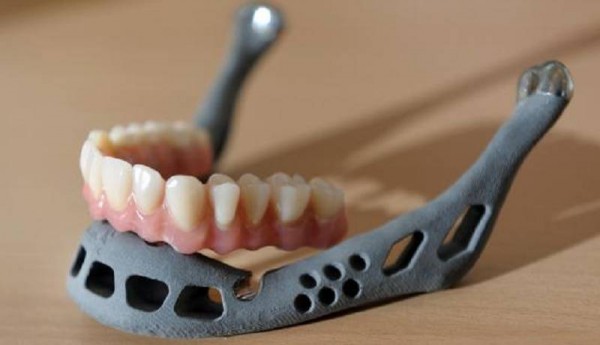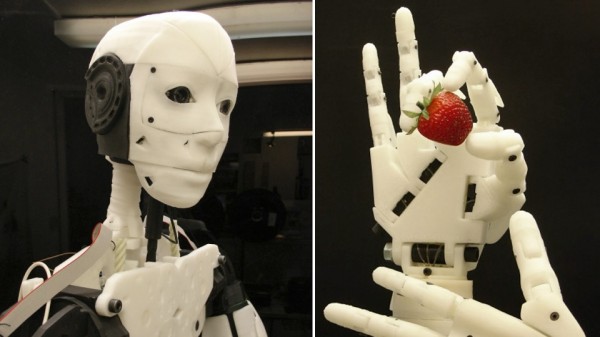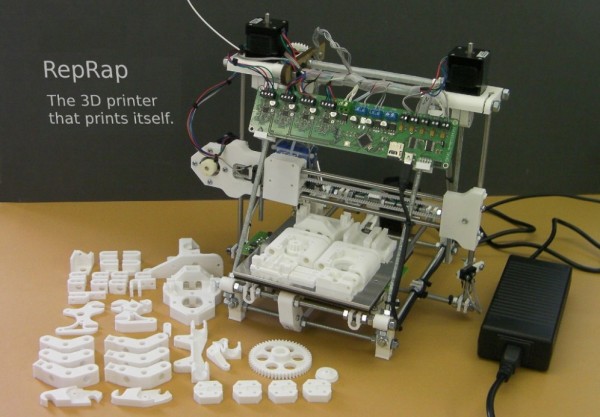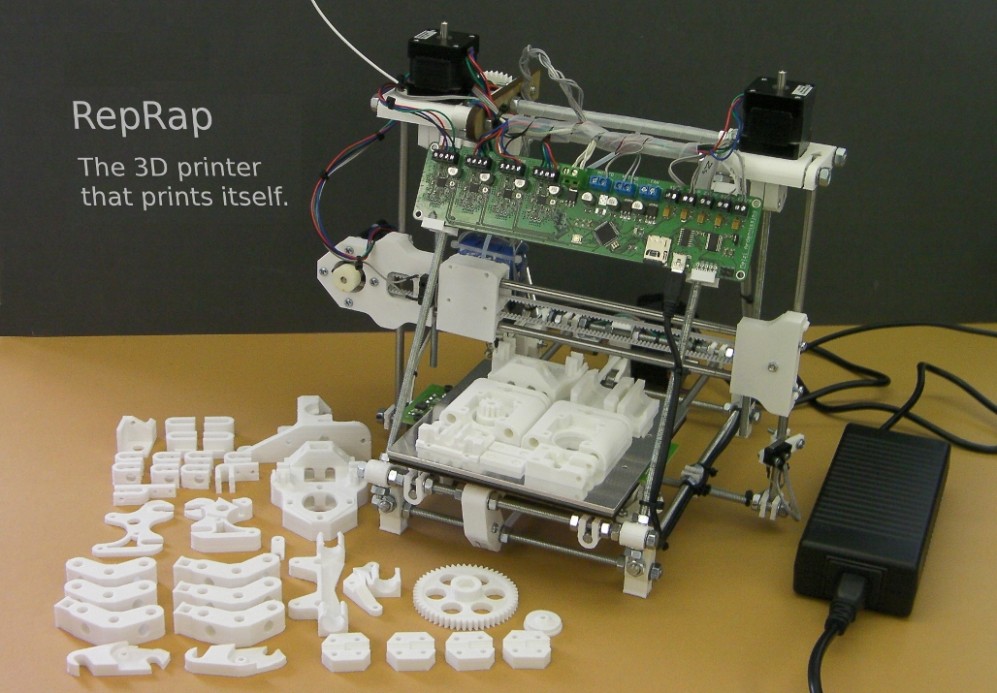3. Body Parts
 The notion is not to grow back human organs rather print organs with living cells integrated in them. Engineers at Cornell University managed to print a working ear utilizing cells pulled from a patient’s rib. The cells were mixed into a gel material that the 3D printer could use to build a model and after three months, the ear actually began growing its own cartilage. San Diego research company Organovo has successfully printed human liver tissue that functions like a normal human tissue and although they don’t have a full liver yet, they certainly are headed in the right direction.
The notion is not to grow back human organs rather print organs with living cells integrated in them. Engineers at Cornell University managed to print a working ear utilizing cells pulled from a patient’s rib. The cells were mixed into a gel material that the 3D printer could use to build a model and after three months, the ear actually began growing its own cartilage. San Diego research company Organovo has successfully printed human liver tissue that functions like a normal human tissue and although they don’t have a full liver yet, they certainly are headed in the right direction.
[youtube]http://www.youtube.com/watch?v=l6dDmuxYrsw[/youtube]
2. Robots
 Many research groups are already working on prototypes for robots. Some worth mentioning are as follows:
Many research groups are already working on prototypes for robots. Some worth mentioning are as follows:
In Germany, Fraunhofer-Gesellschaft has managed to print a robot that resembles a spider and the printing is so easy that it is being compared to a “disposable rubber glove”, its better to print a new one than re-use the old one.
A joint project by MIT and Harvard also printed a robot which can assemble itself. The robot is made with “shape memory polymers,” which allow it to fold itself into the appropriate shape once it’s been printed. A voice-activated android robot is also printed that will respond to verbal commands.
[youtube]http://www.youtube.com/watch?v=W62Wfz1xqYg[/youtube]
1. 3D Printers
 What better way to use a 3D printer that to print another 3D printer. The University of Bath in the U.K tested a printer called RepRap that prints a 3D printer. It prints most of the parts of the 3D printer except for the metal nuts and bolts. And just in the next 3 minutes the newly printed printer was able to print the next printer or the “Child Copy” of the printer.
What better way to use a 3D printer that to print another 3D printer. The University of Bath in the U.K tested a printer called RepRap that prints a 3D printer. It prints most of the parts of the 3D printer except for the metal nuts and bolts. And just in the next 3 minutes the newly printed printer was able to print the next printer or the “Child Copy” of the printer.
[youtube]http://www.youtube.com/watch?v=FUB1WgiAFHg[/youtube]


